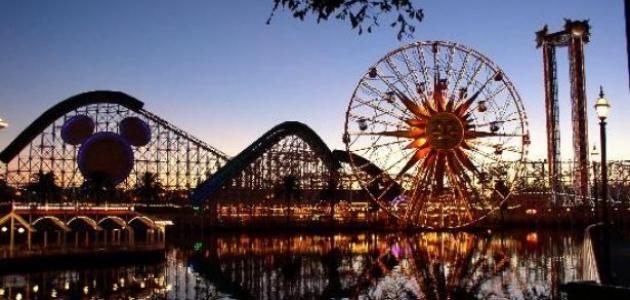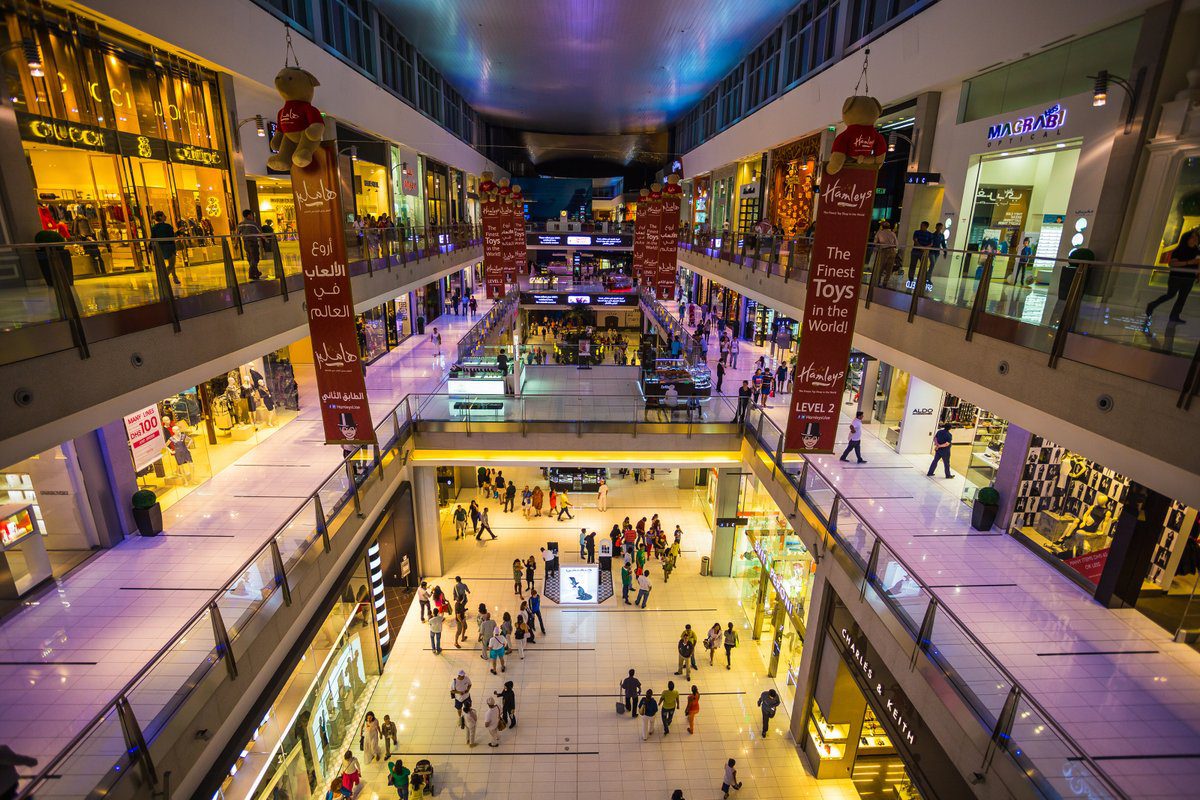Table of Contents
- New Zealand
- Wellington is the capital of New Zealand
- Reasons for choosing Wellington as the capital
- The economic capital of New Zealand
- History of Wellington
- Geography of Wellington
- Wellington Demography
- Wellington’s economy
- Education in Wellington
- Culture and art in Wellington
- Sports in Wellington
- Tourism in Wellington
New Zealand
New Zealand is located in the South Pacific, specifically in the southwestern region of the Polynesia Islands about 1,600 km to the southeast of Australia, and New Zealand is formed from two large islands, south and north, and a number of small islands, where the island includes The northern capital of the country is Wellington City, the largest metropolitan area of Auckland, and New Zealand occupies a geographical area estimated at 268,838 km2, of which about 264,537 km² is dry land, and 4,301 km² of water bodies.
Wellington is the capital of New Zealand
Wellington has been the administrative capital of the state of New Zealand since 1865, as it has been replaced by the former capital of Auckland. In addition, Wellington is the main center in the country for the transport and communications sectors, and an important port for the foreign and coastal trade sectors, as it is a vital tourist center; It attracts large numbers of tourists from all over the world, and it also includes state ministries, government departments, Parliament headquarters, the Supreme Court and several foreign embassies, and is thus considered the political capital of the country. This magnificent city has been rated as one of the best cities to live in the world. It is noteworthy that the city’s name was given this name in relation to the first Duke who ruled the city, “Arthur Wellesley”, which was attributed to the English county of Wellington.
Reasons for choosing Wellington as the capital
Auckland represented the former capital of the state of New Zealand, and it included the seat of the New Zealand Parliament, but the difficulty for members of Parliament from the South Island to come to the Council led them to make a recommendation to move the seat of Parliament to a central location in the state; the cruise was very long and tiring, and the need to find A new capital coincides with the large increase in the population of Canterbury and Otago during the 1860’s. An independent committee was tasked with defining a new capital for the country. The city of Wellington was chosen, and the former Wellington County Council became the new seat of Parliament. That, though, remained Auckland’s economic capital.
The economic capital of New Zealand
Auckland is the economic capital of New Zealand, as it contributes with 35% of the country’s national GDP, in addition to that it includes the largest international airport in the country, and provides a large number of employment and educational opportunities, and has many industries The task, such as: publishing, biotechnology, design, finance, insurance, and information technology, is also inhabited by approximately 1.5 million people, or one third of the country’s total population.
It is worth noting that the competent authorities in Auckland directed the economy towards innovation and progress, by developing a group of manufacturing industries, supporting the services sector, and paying attention to advanced industries, tradable industries, and enabling industries, all of this and others are in the interest of the city, and it promotes the economy and creates more Of job opportunities for the population.
History of Wellington
The Maori traces and archaeological historical evidence found on the outskirts of the North Island indicate that the area was initially settled by the Kurahaubu tribes, and the area was known then as the head of the fish, and the sons of “Whatonga”, the leader of the Kurahaobo tribes, “Tara” and “Tautoki” settled In the area located in the lower half of the North Island and the upper half of the South Island, which justifies the presence of the name Tara on many important monuments and places in the city, the region also inhabited their descendants represented by the tribes of “Ngai Tara”, “Rangitaane”, and “Muaupoko” , “Ngati Apa”, and “Ngati Ira,” and in the seventh century A.D. Evil, the people of “Ngāi Tara” and the “Ngāti Ira” tribe joined Hawk Bay, and the “Rangitāne”, “Ngāti Kahungunu”, “Ngāti Mamoe” and “Ngāi Tahu” tribes managed to control some areas of Wellington.
“Te Rauparaha”, leader of the “Ngāti Toa” tribe, occupied the south of the northern island in 1820 AD, and he persuaded his people to emigrate to it. The signing of the Treaty of Waitangi on the sixth of February 1840 AD, and in the same year Governor William Hobson chose Auckland as the capital of the country, and this remained the case until the capital was replaced by the city of Wellington, which has become the capital of the country to this day.
Geography of Wellington
Location
Wellington is located in the far south of the northern island of New Zealand, and includes one of the best ports in the world, and the city sits on a rift zone, as it has been exposed throughout its history to many earthquakes, but it has remained steadfast to this day, and perhaps the most prominent geographical feature in the city is Mount Victoria Its height is about 196 meters above sea level, and this mountain is located in the central part of the city, while the general average height of the city of Wellington is 31 meters above sea level. Economically related And socially with “Hutt”, “Upper Hutt”, and “Porirua”. Wellington occupies a geographical area of 290 km².
the climate
Temperatures during the summer in Wellington range from 17 ° -21 °, while during winter temperatures drop between 9 ° -10 °, but in general the temperature rises above 25 ° and falls to less than 4 ° is It is a rare occurrence, and temperatures tend to cool in the southern lands of the city, and with the trend towards the northern regions and the Kapiti coast, the temperature begins to rise gradually to become warmer than the rest of the regions.
The general average daily temperature in Wellington is 12.8 °, which is thus considered to be slightly higher than the average temperatures for the rest of New Zealand’s cities, and the average number of hours of sun exposure to the city is 2055 hours per year, and given the average rainfall, Wellington receives Rainfall averages 1207 mm during the year, which is lower than the average rainfall in the country. Wellington also has strong winds coming from the south bringing cold air from the southern ocean to affect the weather and lead to the accumulation of snow on high altitudes at times.
Wellington Demography
Population and distribution
Wellington has a population of 210,400 people, according to the statistics of the 30th of June 2020, and taking into account the geographical area, the population density in the urban area is 290 people per square kilometer, while the population density of the city of Wellington as a whole reaches 7.25 people per 0.01 Km².
Demographic studies indicate that 76% of Wellington’s total population are of European descent, 12.7% of Maori descent, 11.3 of Asian descent, 8.6% of the coast of the Pacific, and 1.6% of the Middle East, And Latin America and Africa, and 30.5% of the Maori live in the “Lower Hutt”, and about two-thirds of Asians in Wellington, and 36.4% of the Pacific peoples in the city “Porirua”.
Language and religion in Wellington
English is the most common language in Wellington, followed by French, and there is also a large population that speaks and understands a language other than English, indicating the cultural diversity of the city’s population, the ethnic groups retaining their native languages, and religiously speaking, Catholicism represents religion The most prevalent in the city of Wellington, up to 11.1% of the total population, according to statistics in 2020.
Wellington’s economy
Wellington’s economy is mainly based on the services sector, finance, business, and government sectors, in addition to the higher education sector, scientific research, technology industries, and digital films. The GDP of the Wellington region reached $ 33,121 million in 2020. It is worth noting that professional services Scientific and technical are considered the most important industries in Wellington with 12.1% of the total GDP, followed by public administration and safety with 11.7%, then financial services and insurance by 10.3%, and this contributed to raising the total employment to 287,711 opportunities until March of 2020.
Education in Wellington
Wellington has a strong education sector, from early childhood, through primary, and secondary, to universities and technical institutes, and Wellington includes many advanced educational facilities, such as: University of Victoria and Massey University, which are ranked among the 500 best universities in the world, The city houses the Alexander Turnbull Library, which is one of the city’s most important research centers; it contains about 270,000 books, 1.8 million photographs, and many manuscripts.
Culture and art in Wellington
Wellington is considered an area rich in art. It abounds with artistic activities and works, such as: poetry reading gatherings, book launches, music compositions, art and theatrical performances, in addition to that there are many art galleries and festivals that highlight the cultural identity in Wellington.
Sports in Wellington
The residents of Wellington are interested in sports activities such as: surfing, cricket, and football are very popular, and the city has its own team Wellington team, and another team called Wellington Phoenix, which represents the country in the Australian League, and the city provides many appropriate sports facilities, such as a stadium Rugby’s “Westpac”, and “Basin Reserve” is one of the best cricket stadiums in the country.
Tourism in Wellington
Wellington has a large number of visitors and tourists from different places, thanks to the presence of many wonderful attractions and places, the most important of which are:
- The Wellington Cable Car and the Kilbrun Observatory: Built in 1912, this cable car runs from the top of the hill to the Botanical Gardens, and allows visitors to see the impressive landscape from above.
- New Zealand Museum: This museum contains many wonderful collections that express Maori culture, social history of indigenous peoples, and other displays that simulate the occurrence of earthquakes.
- Wellington Museum: This museum offers many collections that show the history of the city and its stages of development.
- Beehive building: The building is the most famous in the city, as it is located in the vicinity of Parliament, and it is characterized by its striking classic design and the green gardens that surround it.
- Wellington Botanical Gardens: It is considered one of the wonderful natural areas of the city. It is a fertile oasis with an area of 0.25 km2, which includes various types of flowers and animals and many walking paths.








